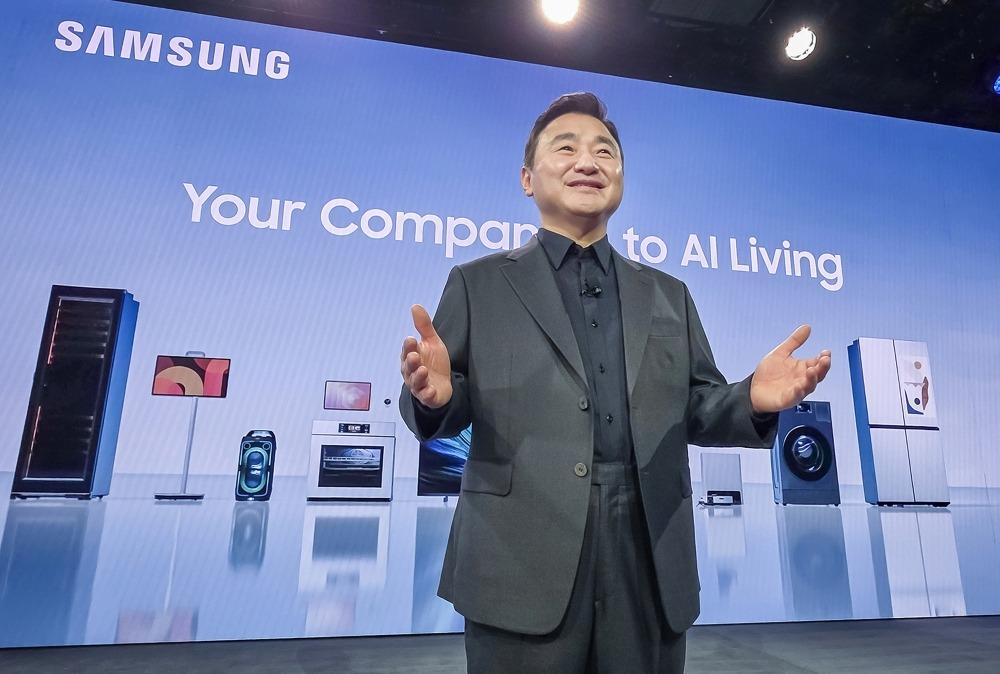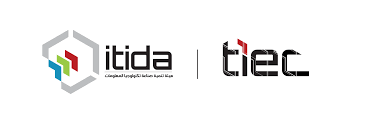By : Nahal Makled - Basel Khaled
Poly announced the top predictions that will shape workplace collaboration, and ultimately, define the future of work in 2022, and beyond.
The highly anticipated return to “normalcy” doesn’t mean going back to our old habits. Hybrid working is here to stay, and the new year brings irreversible changes in the way we perceive -and do- work.
The disruption caused by the global pandemic has forced businesses to enable remote work and tested employees’ ability to embrace new forms of engagement and interaction. The power to drive sustainable, collaborative change will be shared by employers and employees, on an increasingly equal footing. Businesses looking to navigate the year ahead will need to understand, and embrace this fundamental shift to successfully balance technology and transformation.
Like a genie that has been released from the bottle, the workers who relished the perks of hybrid and flexible working have no desire to return to corporate life full time. 80% of Europe and the Middle East employees prefer to spend some days working from home, according to Poly’s recent research. They want flexibility, and with the economy picking up and the “great resignation” underway, they have more power to choose how and where they should work from.
“People want work-life balance with flexibility to visit their dentist, attend a school play, or swap their working days around to be able to meet up with an old friend who’s in town. Rather than being an asset that requires managing, employees have adopted a customer persona; they know what they want, why, when and how and they’ll tell you. Ignore them and they’ll go elsewhere,” said Paul Clark, senior vice president for Europe, the Middle East and Africa, Poly.
Offices will no longer necessarily be physical spaces with defined, individual spots. Future workplaces will be ecosystems of spaces and rooms that match the working habits or needs of different personas. People will no longer go into the office because they must, but because they want specific, person to person interaction. This will lead to significant changes in architecture, real estate, room design and investment in collaboration devices and technologies in future office buildings, as all these disciplines collide to provide the very best work experiences.














































































